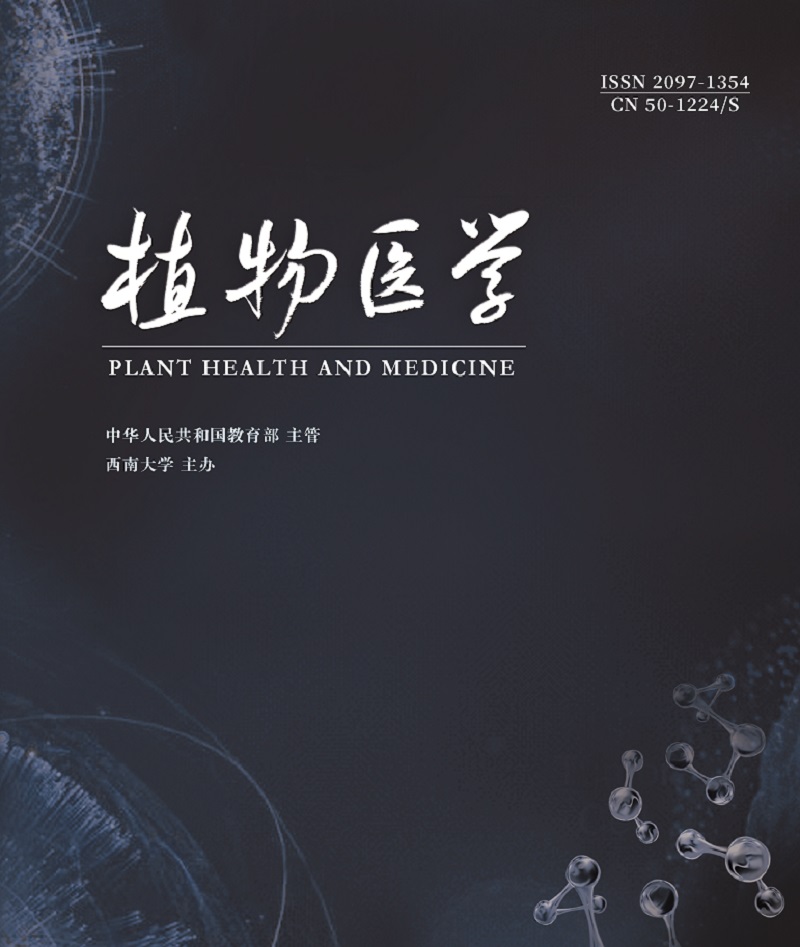Study on Control Effect of Different Agents on Tobacco Bacterial Wilt and Root-Knot Nematode
- Received Date: 09/08/2022
-
Key words:
- tobacco bacterial wilt /
- tobacco root-knot nematode /
- disease control /
- biological control /
- chemical control
Abstract: In this study, the effects of microbial agent LSW-4, soil conditioning agent oyster potassium, resistance inducer scopolamine and chemical agents Qing-Ku-Lv and Cupric-Amminium Complexion on the growth of tobacco, the control of tobacco bacterial wilt and root-knot nematode in the field were evaluated through the field experiment. The results showed that, LSW-4(10 kg/667 m2和5 kg/667 m2) and oyster potassium(30 kg/667 m2) could effectively reduce the incidence and disease index of tobacco bacterial wilt in the field, the comprehensive control efficiency were 29.05%, 23.34% and 23.66%, and the highest control efficiency was 71.43%, 47.62% and 59.77%, respectively. Meanwhile, oyster potassium treatment could effectively reduce the incidence and disease index of tobacco root-knot nematode disease in the field with a relative control effect of 44.32%. The aim of this study was to explore the effective control methods of tobacco bacterial wilt and root-knot nematode disease to provide reference for the green and systematic control of tobacco wilt and root-knot nematode disease, and support for the development of high-quality tobacco leaves.





 DownLoad:
DownLoad: